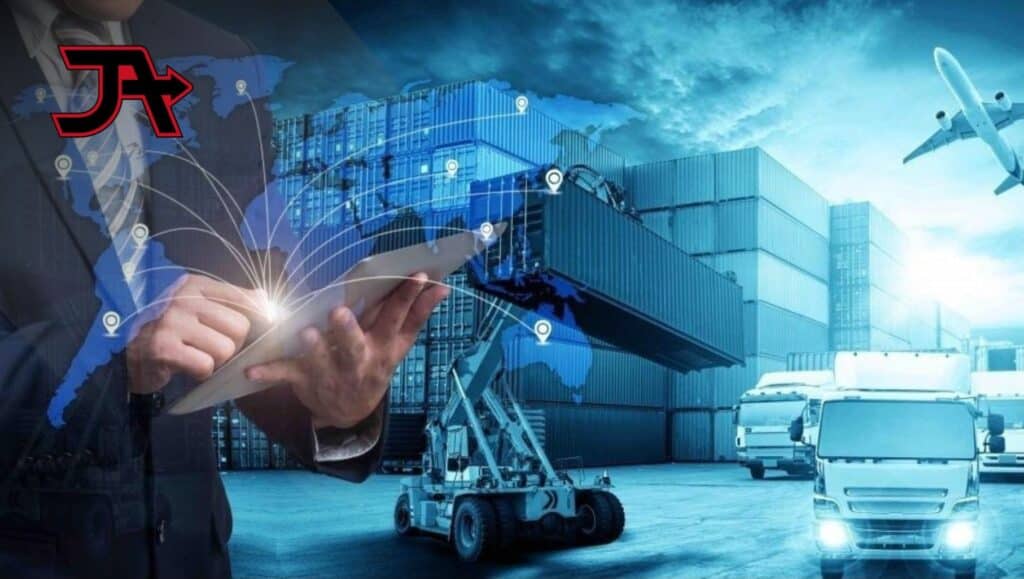Introduction:
The freight and shipping industry is undergoing a technological revolution. From real-time tracking to predictive analytics, advancements in digital tools are reshaping how freight is managed, monitored, and delivered. For companies like J&A Transportation, staying ahead of these trends is not just an option—it’s essential for thriving in an increasingly competitive and fast-paced market.
1. Real-Time Visibility and Tracking
One of the most significant innovations transforming the shipping industry is real-time tracking. GPS-enabled systems now provide end-to-end visibility of freight in transit. This level of transparency helps companies like J&A Transportation offer clients accurate ETAs, improve customer service, and quickly respond to delays or disruptions.
Shippers and receivers alike benefit from knowing exactly where their cargo is at any given moment. This reduces anxiety, increases accountability, and builds stronger business relationships.
2. Artificial Intelligence and Predictive Analytics
Artificial Intelligence (AI) is taking logistics a step further by enabling predictive analytics. Instead of reacting to supply chain issues, AI allows companies to anticipate them before they occur. For example, machine learning algorithms can analyze historical data and weather patterns to predict delays or route inefficiencies.
J&A Transportation is actively evaluating how AI can be integrated into our systems to take logistics a step further by enabling predictive analytics.
3. Automation and Autonomous Vehicles
Warehouse automation and autonomous vehicles are also revolutionizing freight operations. Automated loading systems, robotic sorting, and smart warehouses are streamlining the way freight is processed and moved. Though fully autonomous trucks are not yet mainstream, they are being tested across North America and are expected to play a larger role in long-haul shipping within the next decade.
While automation may raise concerns about workforce displacement, it actually creates new opportunities. At J&A Transportation, technology is used to support—not replace—our skilled team members, helping them focus on higher-value tasks that require human judgment and customer interaction.
4. Blockchain for Transparency and Security
Blockchain technology is being explored to improve transparency, reduce fraud, and enhance data security in logistics. It offers an immutable ledger of every transaction, movement, and change made to a shipment—providing verifiable proof of delivery, origin, and compliance.
In industries that require strict documentation, such as pharmaceuticals or food logistics, blockchain ensures that all records are accurate, accessible, and tamper-proof. J&A Transportation is actively evaluating how blockchain can be integrated into our systems to offer added security and trust to our clients.
5. Digital Freight Matching and Load Boards
Online load boards and digital freight matching platforms are improving how carriers connect with shippers. AI-driven platforms can instantly match available loads with nearby trucks, reducing empty runs and speeding up the booking process.
By embracing these tools, J&A Transportation has been able to optimize load matching, reduce downtime, and increase profitability—benefits that are passed on to both carriers and clients.
Conclusion
The future of freight is digital, connected, and data-driven. As technology continues to evolve, the shipping industry must adapt to remain competitive. At J&A Transportation, we’re committed to leveraging these innovations to provide efficient, secure, and responsive freight solutions.
From real-time tracking to AI-powered logistics and blockchain security, technology is not just changing the freight industry—it’s making it smarter. The companies that embrace this change will lead the way, and J&A Transportation is proud to be one of them.

